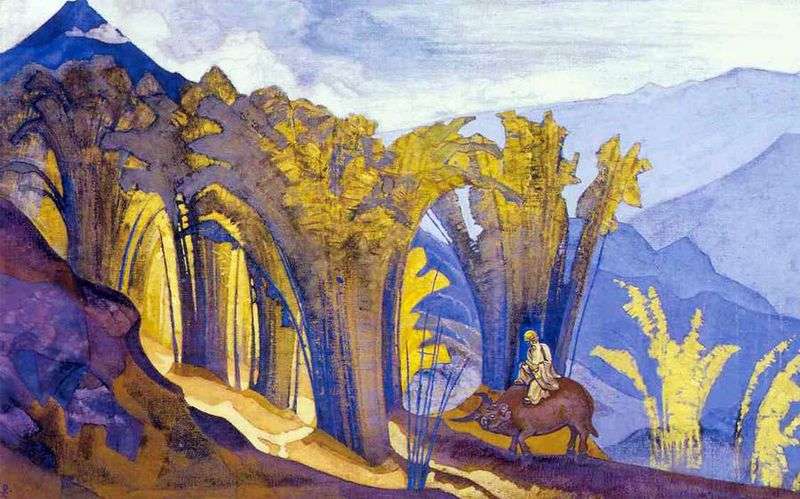
In Sikkim, Nikolai Roerich wrote a large series of paintings “Banners of the East.” On the canvases depicted the founders of the teachings and religions, philosophers and devotees, reformers and thinkers. His choice of the great personalities of the East had its own pattern. As if he painted not pictures, but the history of the East itself, its culture and thought. He seemed to know more about this than could be gleaned from official sources.
The painting “Lao Jie”. This ancient Chinese philosopher lived in the IV – III centuries BC. His philosophical treatise Dao Te Ching is a canonical composition of Taoism, the largest religious and philosophical system of China, along with Confucianism. Legends say that once a saddled buffalo approached the hut in which Lao Tzu lived, and stood at the threshold. Lao Tzu went out, sat on it, and a buffalo rushed him to the Himalayan peaks.
The epoch in which Lao-Tse lived lived is known as the “era of wars” – a time of strife, when enmity and unrest, the desire for power, honor and wealth served as the main engines of people’s actions and thoughts. Seeing such a decline in morality, Lao Tzu left the civil service and retired to the hermitage.
He settled in the mountains, indulged in contemplation and reflection. It is supposed that it was here that Lao-Tse thought and wrote his famous “Book of the Way and Virtue” – “The Tao Te Ching”.
Lao-Tse teaches that in order for human life to be not grief, but good, a person must learn to live not for the body, but for the spirit. He teaches how to move from the life of the body to the life of the spirit. He calls his teaching “the Way.”
 Snow Maiden by Nicholas Roerich
Snow Maiden by Nicholas Roerich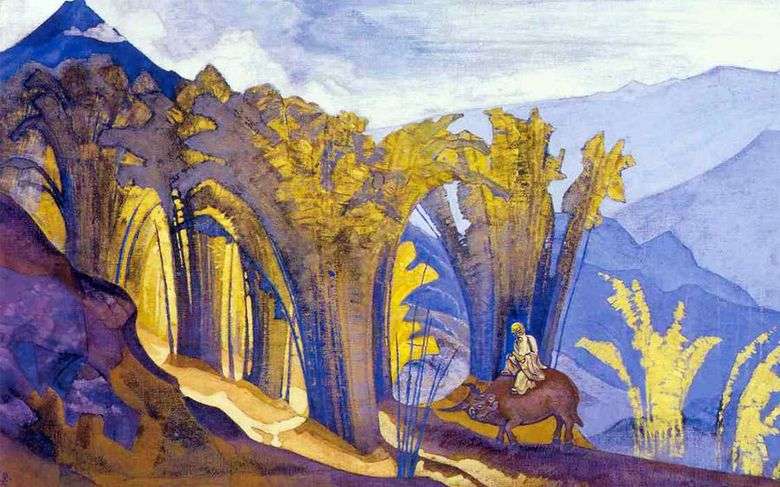 Lao Tse – Nicholas Roerich
Lao Tse – Nicholas Roerich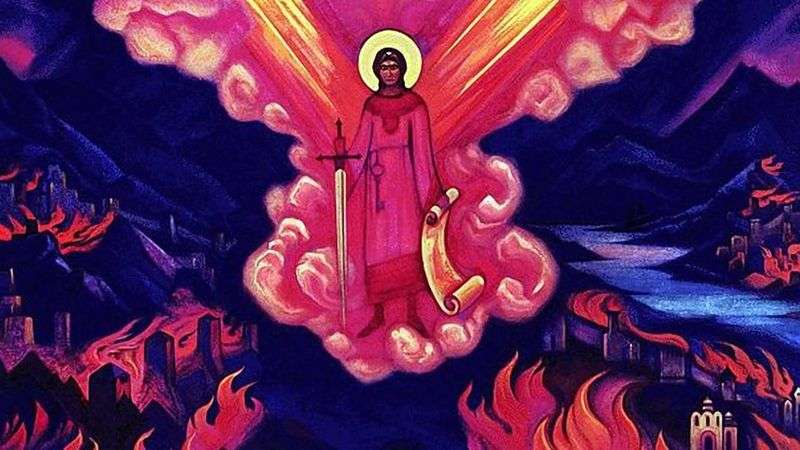 Angel last by Nicholas Roerich
Angel last by Nicholas Roerich Heavenly battle by Nicholas Roerich
Heavenly battle by Nicholas Roerich Sarakha by The Blessed Arrow – Nicholas Roerich
Sarakha by The Blessed Arrow – Nicholas Roerich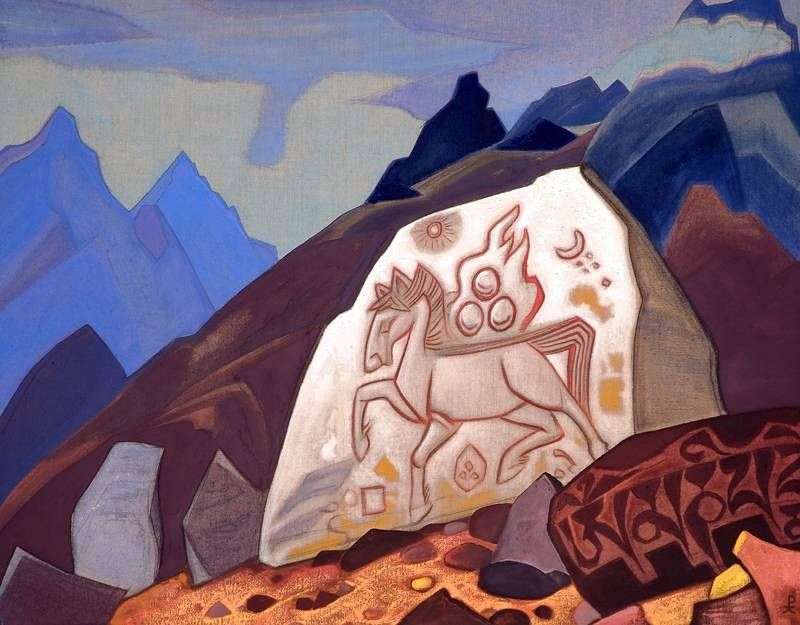 White Stone by Nicholas Roerich
White Stone by Nicholas Roerich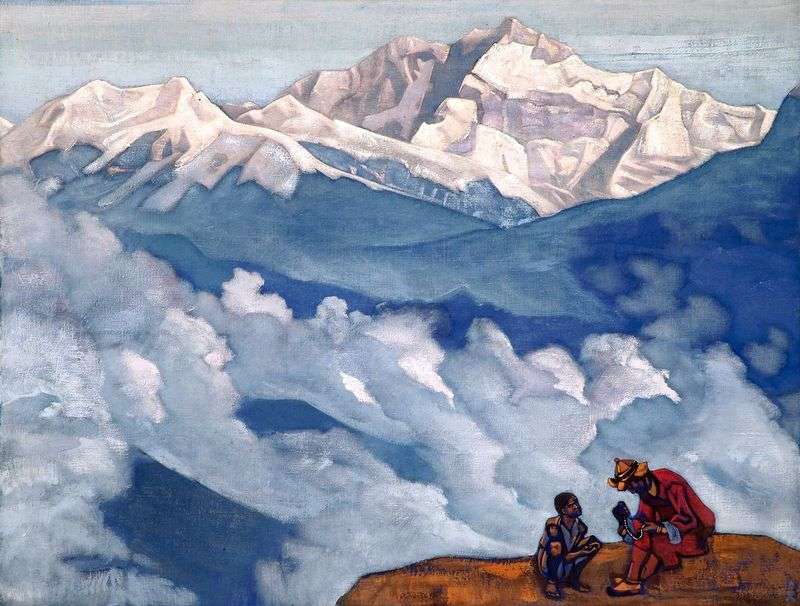 Pearls of Quest by Nicholas Roerich
Pearls of Quest by Nicholas Roerich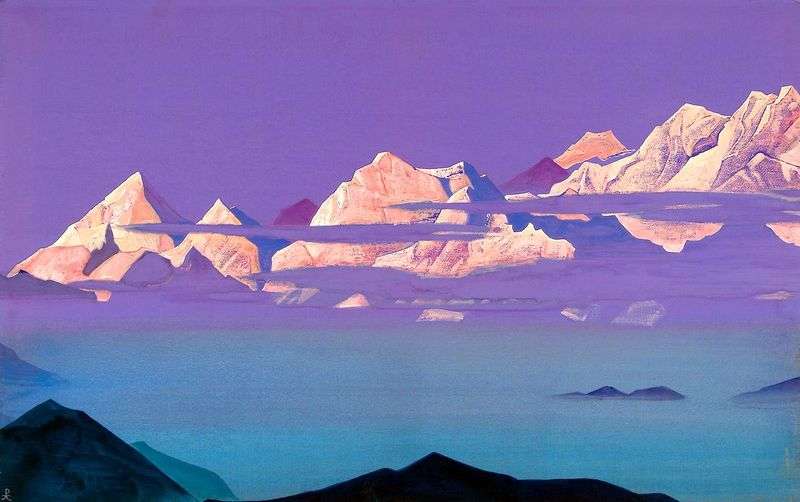 Himalayas. Pink Mountains by Nicholas Roerich
Himalayas. Pink Mountains by Nicholas Roerich